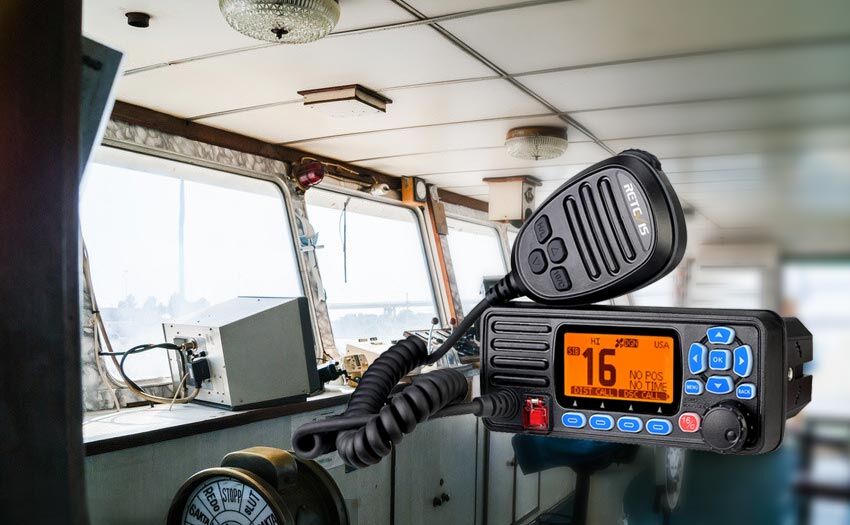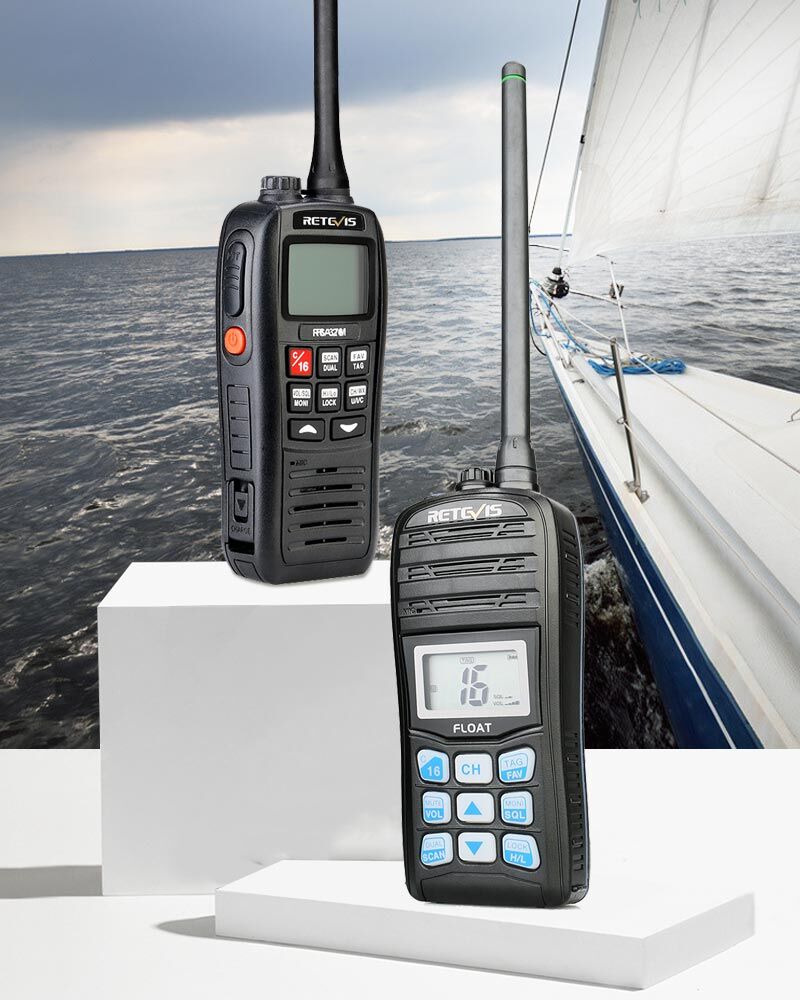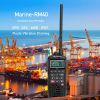Minium qualification for a maritime coast licence

Now, if you want to use VHF marine radio, you must have relevant certificates. If you don't have relevant certificates, you will encounter some troubles. So how can we get the relevant documents and what are they? Now we have taken Australia as an example to introduce some documents.
To operate a station with VHF or 27 MHz equipment, you must have one of these:
- LROCP
- SROCP
- AWQ (you can operate only within Australian Territorial Waters)
To operate a station with HF equipment, you must have a:
- LROCP
To operate a limited coast station with Inmarsat B or C satellite equipment, you must have one of these:
- LROCP with Satcom
- SROCP with Satcom
To operate a major coast A or B station, you must have one of these:
- GOCP
- 1st-class REC
- 2nd-class REC
You must hold these qualifications even if your station has digital selective calling equipment.
You do not need a Satcom certificate if you only use Inmarsat-M or Inmarsat-C equipment for a vessel monitoring system.

How to get qualified
The Australian Maritime College (AMC) at the University of Tasmania manages these exams in Australia:
- LROCP
- SROCP
- Satcom
The Australian Maritime Safety Authority (AMSA) manages these exams in Australia:
- GOCP
- 1st-class REC
- 2nd-class REC
If you pass the exam, the AMC or AMSA will give you a certificate.
- exams
- fees
- equivalent qualifications
- replacement certificates
When you have the appropriate qualification, you can operate a marine radio under the Radiocommunications (Maritime Ship Station — 27 MHz and VHF) Class Licence 2015
Overseas qualifications
If you have an overseas qualification that we recognise, you don't need to get a new qualification in Australia.
A list of overseas qualifications that we recognise is in the Radiocommunications (Qualified Operators) Determination 2016






